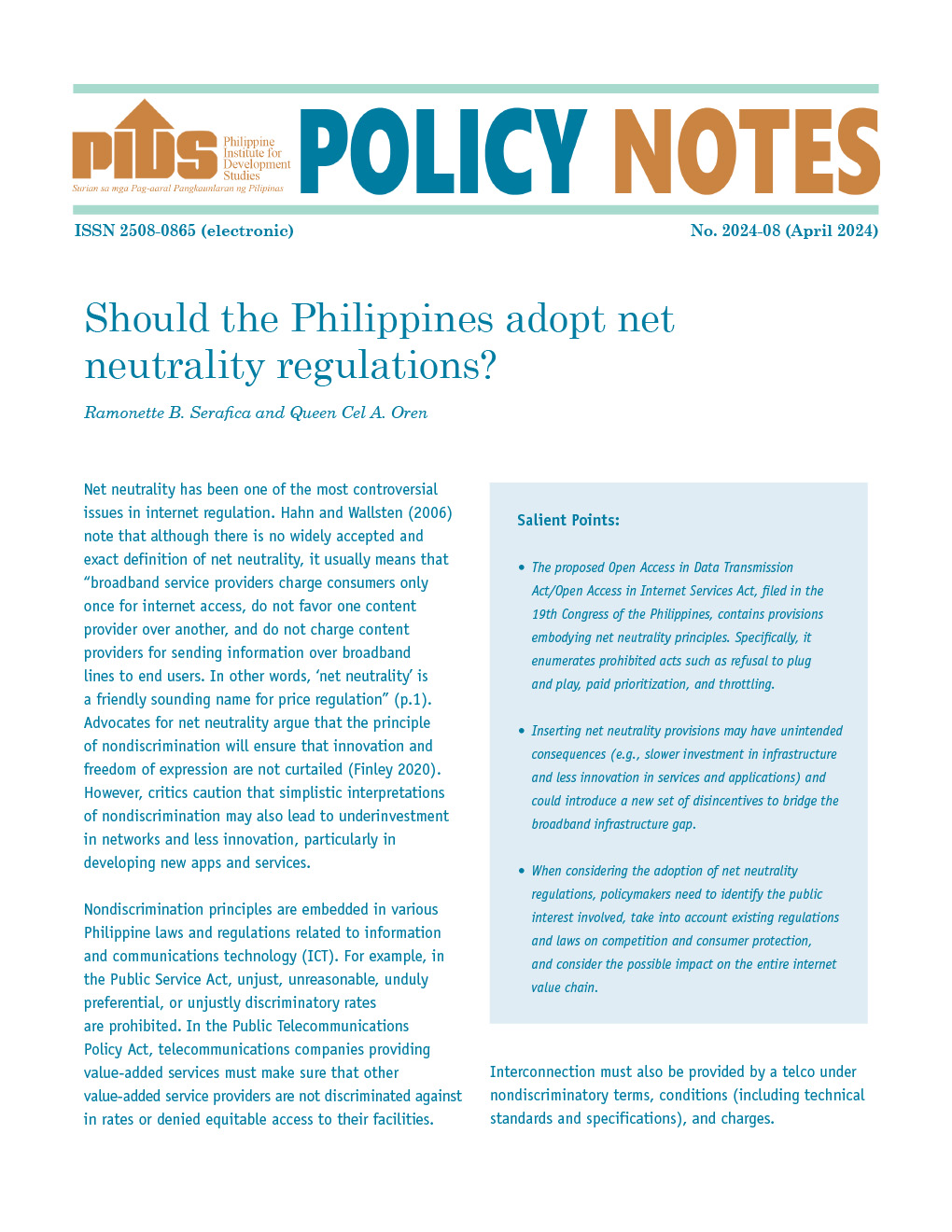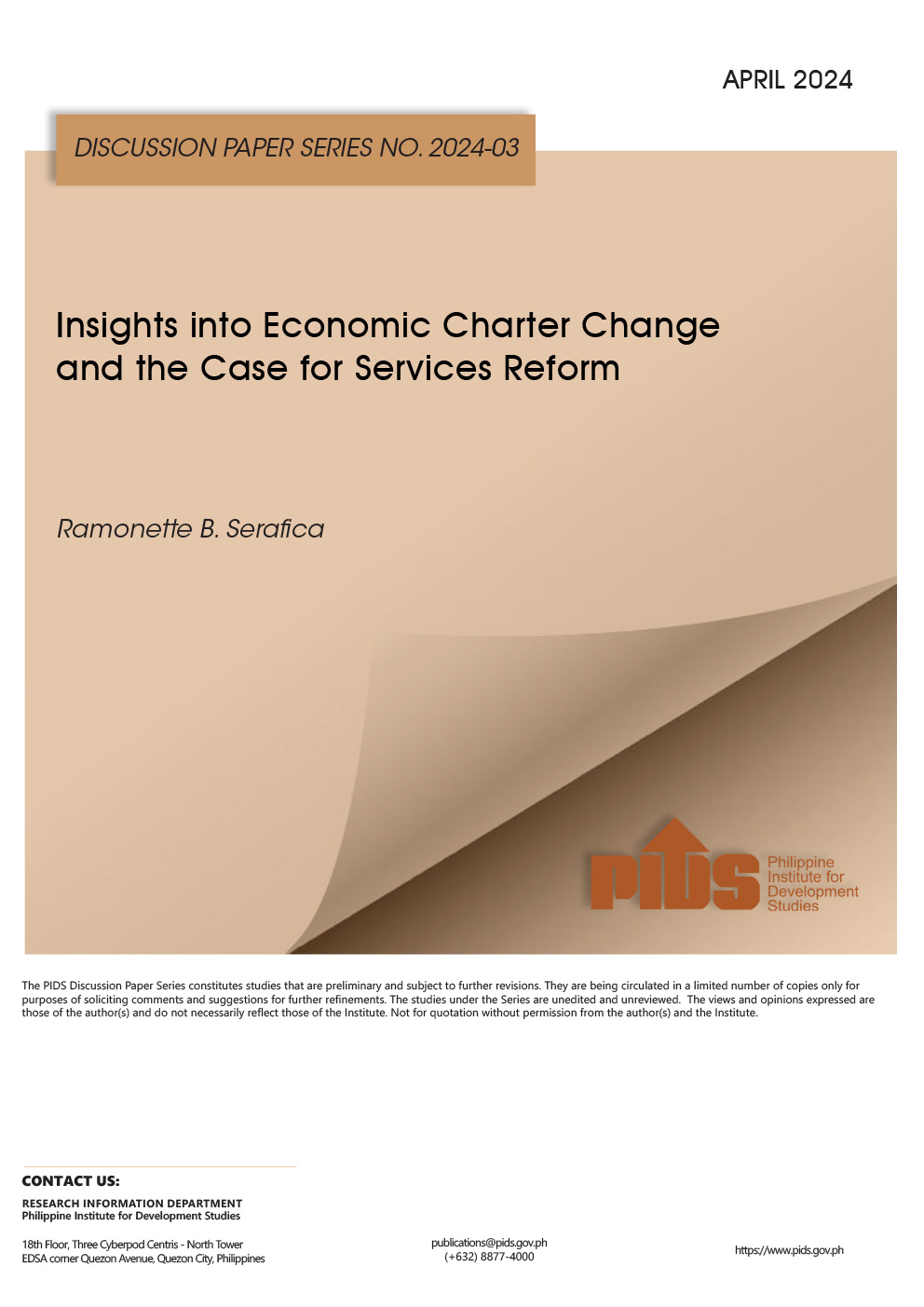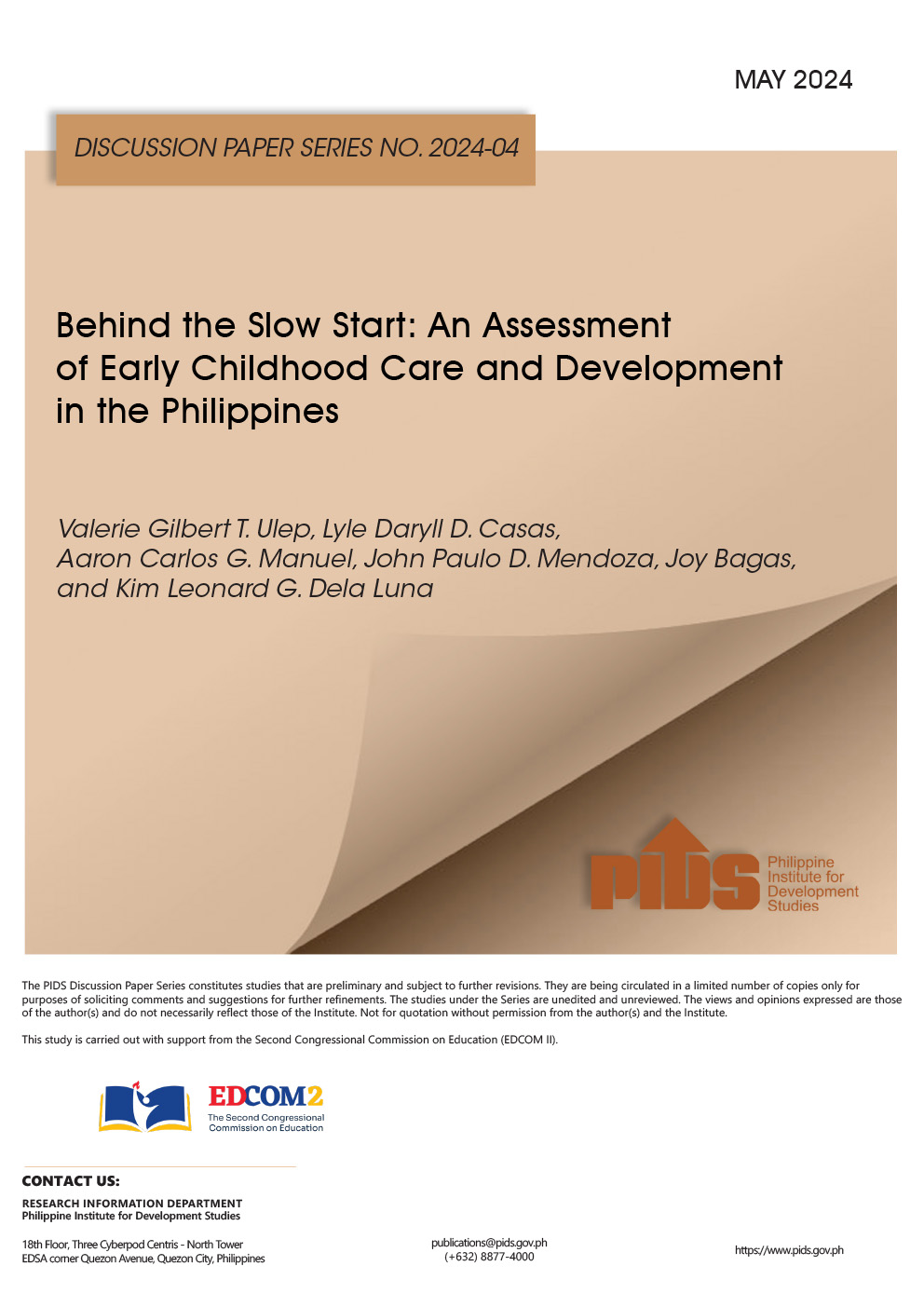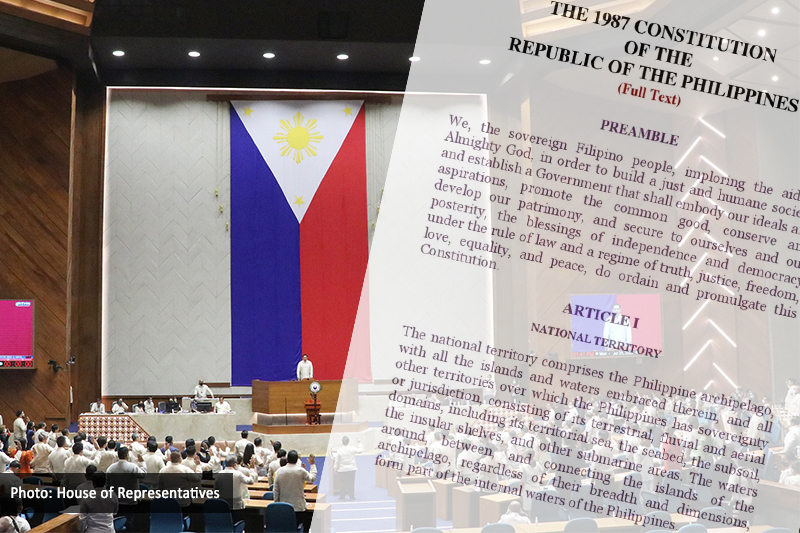Preparing for a disaster is one thing, but recovering from a disaster is another.
While much has been done to boost disaster preparedness in the country, the country still lags behind in the aspect of post-disaster reconstruction, a study published by state think tank Philippine Institute for Development Studies (PIDS) revealed.
According to Deanna Villacin, Tatum Ramos, and Marife Ballesteros, PIDS consultant, former research assistant, and vice-president, respectively, the government’s current financing instruments are “inadequate to meet the needs to address medium to severe [disaster] events” in the country. However, they noted that these instruments may cover less-costly recurring disasters.
The authors attributed this inadequacy to the “higher frequency of occurrence of large-scale natural disasters and climate change” in the country in the last five years. For example, for recent disasters such as Typhoon Lawin (Haima), Typhoon Nina (Nock-ten), and the Surigao earthquake, the Office of Civil Defense has recorded post-disaster reconstruction needs of about P32 billion.
For 2013 Super Typhoon Yolanda, about P214 billion was needed for post-disaster reconstruction, according to the National Economic and Development Authority.
The study also identified specific problems in implementing post-disaster reconstruction projects in the Philippines.
For roads and bridges, which are handled by the Department of Public Works and Highways, delays and backlogs are also blamed on inadequate funding. The bulk of the funding comes from the National Disaster Risk Reduction and Management Fund (NDRRMF), supplementary budgets, and additional appropriations.
The authors also noted issues on budget processing and execution, such as protracted actions on requests averaging more than a year, according to interviews with the DPWH conducted in 2016.
Problems such as unclear emergency procurement guidelines and lack of skilled personnel and materials available also brought challenges to the agency.
Meanwhile, the uncertainty on who can access funds created difficulties in reconstructing school buildings, the study also found out.
For instance, only the DPWH can implement projects from the New Construction and Repairs Fund, despite the funds being under the regular budget of the DepEd. The agency also competes for access to its quick response fund (QRF) after the streamlining that has caused funds to be grouped with the QRFs of other “non-first responder agencies”, according to the study.







